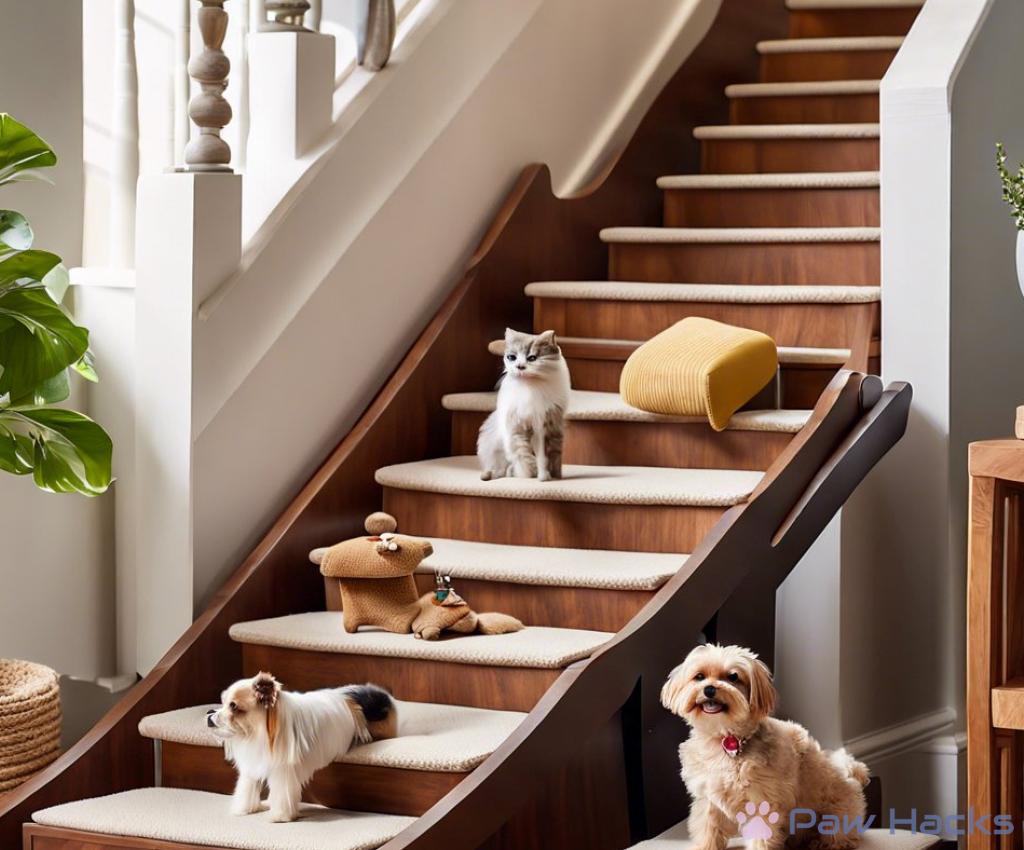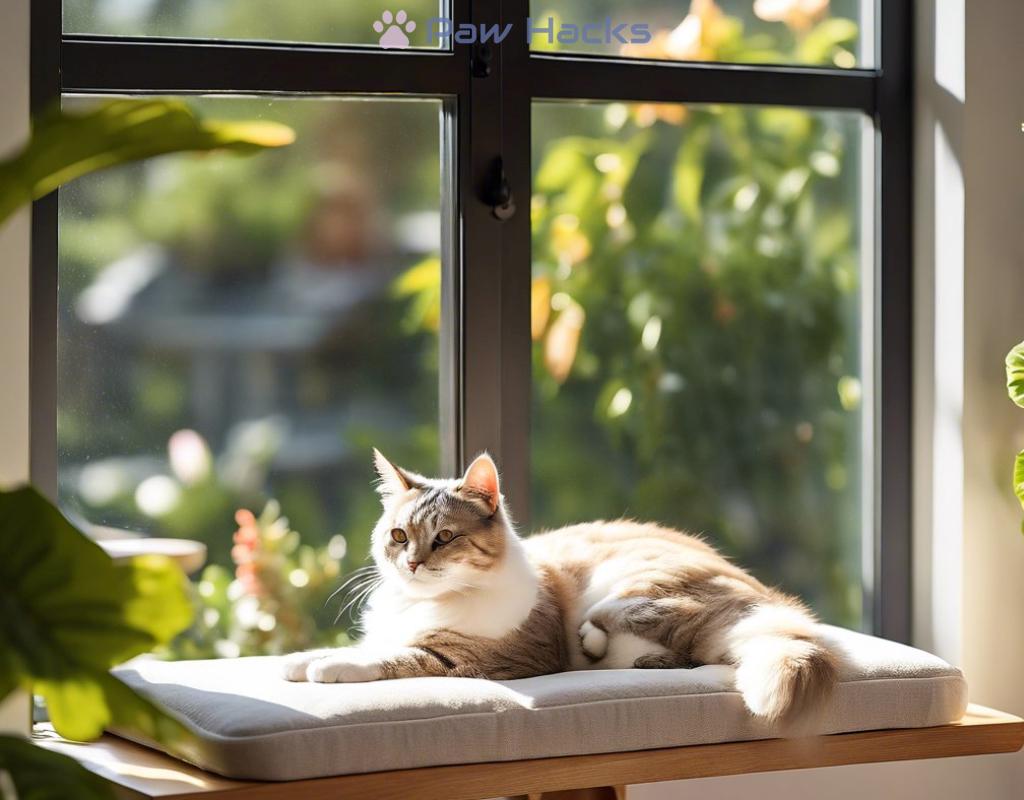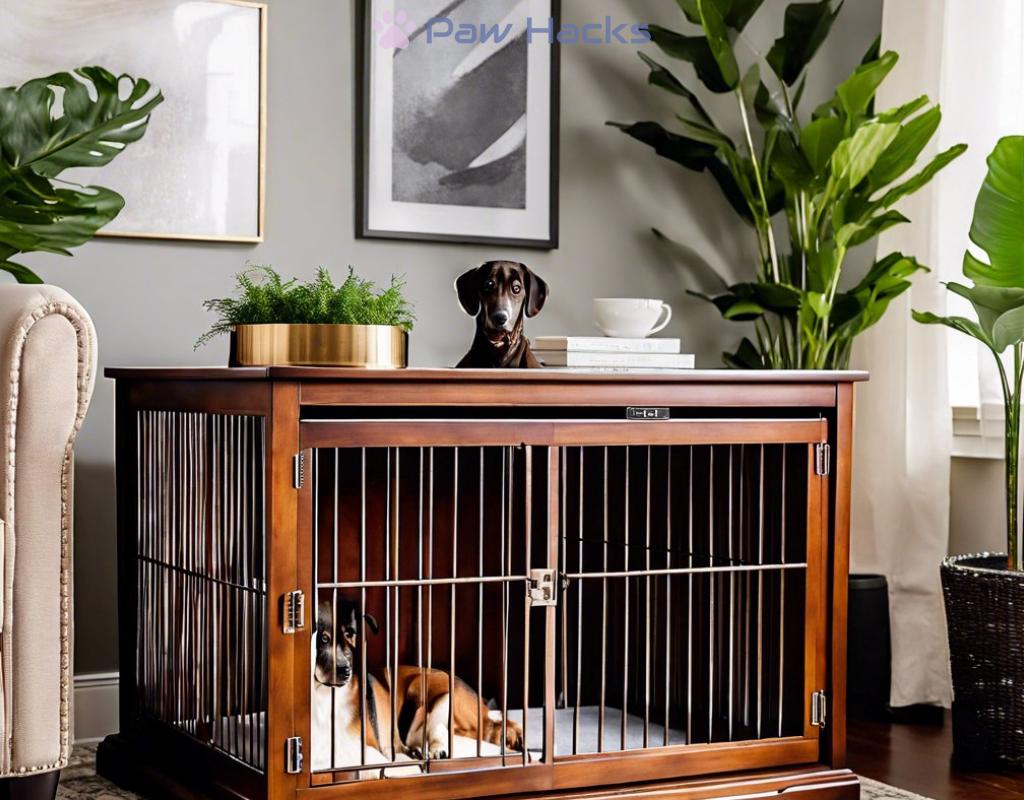Pet Stairs for Bed and Couch Access
Choosing the Right Pet Stairs for Your Furry Friend

Understanding Your Pet’s Needs
When it comes to providing comfort and accessibility for our furry friends, choosing the right pet stairs is essential. Pets, especially small breeds or those with mobility issues, can struggle to jump onto beds or couches. Pet stairs offer a safe solution, allowing them to maintain their independence while protecting their joints. Here’s what you need to consider when selecting the perfect set of stairs for your pet.
Key Features to Look For
Not all pet stairs are created equal. There are several important features to keep in mind to ensure you choose the best option for your pet:
- Height: Measure the height of your bed or couch to ensure the stairs will reach.
- Material: Look for durable and sturdy materials that can support your pet’s weight.
- Weight Capacity: Check the maximum weight limit to ensure safety.
- Surface Grip: Ensure the steps have a non-slip surface to prevent accidents.
- Portability: Consider whether you need lightweight stairs that can be moved easily.
Comparing Different Types of Pet Stairs
There are various types of pet stairs available on the market, and understanding their differences will help you make an informed choice. Here’s a comparison of popular options:
| Type of Stairs | Pros | Cons |
|---|---|---|
| Wooden Stairs | Durable, Stylish | Heavier, More Expensive |
| Plastic Stairs | Lightweight, Affordable | Can be less stable |
| Foldable Stairs | Space-saving, Portable | May not be as sturdy |
Ultimately, the right choice depends on your pet’s specific needs, your home decor, and your budget. Take your time to assess your options, and you’ll find the perfect pet stairs to help your furry friend enjoy easy access to their favorite spots.
Top Features to Look for in Pet Stairs
When selecting the ideal pet stairs for your beloved companion, it’s crucial to identify the features that will best serve their needs. Pet stairs can vary significantly in design and functionality, making it essential to choose the right model to ensure safety and comfort. Here are the key characteristics you should prioritize in your search for the perfect stairs.
Sturdy Construction for Safety
Your pet’s safety should always be your top concern. Therefore, the construction of the stairs is paramount. Look for options made from high-quality, robust materials that can withstand your pet’s weight and any potential wear and tear. A solid frame not only supports your pet but also prevents any wobbling or tipping during use.
Comfortable and Non-Slip Surfaces
It’s important to ensure that the steps are designed with your pet’s comfort in mind. The surfaces of the stairs should be padded or textured to provide a comfortable grip. This reduces the risk of slipping, especially for pets with less agility or those who may be older. A non-slip surface is a must-have feature to keep your furry friend secure while climbing up and down.
Size and Portability for Convenience
Finally, consider the size and portability of the pet stairs. Depending on your living space, you may want a compact design that can easily fit beside your bed or couch. Many pet stairs are also designed to be lightweight or foldable, making them easy to move around or store when not in use. This flexibility allows you to adapt the stairs to different locations as needed.
In summary, when searching for pet stairs, remember to focus on sturdy construction, comfortable surfaces, and portability. These features will not only enhance your pet’s experience but will also give you peace of mind knowing your furry friend can safely access their favorite spots.
How to Train Your Pet to Use Stairs Safely
Introducing your pet to stairs can be a simple yet rewarding experience, fostering their independence and ensuring their safety. However, training them to use pet stairs effectively requires a gentle approach and a few strategic steps. This process not only boosts their confidence but also helps prevent accidents that could lead to injuries.
Creating a Positive Experience
The first step in training your pet to use stairs safely is to create a positive association with the stairs. Start by placing the pet stairs in a familiar and comfortable area, such as near their favorite lounging spot. Encourage your pet to explore the stairs by using treats or their favorite toys as incentives. Make sure to praise them enthusiastically whenever they interact with the stairs, reinforcing the idea that this new addition is a good thing. Remember, patience is key; allow your pet to approach the stairs at their own pace.
Step-by-Step Introduction
Once your pet is comfortable around the stairs, it’s time to guide them through the process of using them. Begin by lifting your pet onto the first step and letting them feel the surface beneath their paws. Gradually encourage them to move from one step to the next. Use verbal cues like “up” or “step” to help them understand what you want them to do. If your pet hesitates or seems scared, take a step back and allow them to become comfortable again before proceeding. Always ensure the stairs are stable and secure during this process to avoid any mishaps.
As your pet becomes more confident, you can increase the challenge by having them climb higher steps. Always be nearby to provide support and encouragement. Monitor their progress and remain attentive to their body language; if they seem anxious or overwhelmed, take a break and try again later. Consistency and a calm demeanor will go a long way in helping your pet master the art of using stairs.
Safety Precautions to Consider
While training your pet, it’s crucial to keep safety at the forefront of your mind. Ensure that the pet stairs are placed on a flat surface to prevent slipping or tipping. Consider using additional safety features like anti-slip mats or grips on the steps to enhance stability. Also, monitor your pet closely during the training sessions, especially if they are older or have mobility issues. If they show signs of distress or struggle, consult with a veterinarian to ensure the stairs are suitable for their physical condition.
By following these steps and prioritizing your pet’s comfort and safety, you will not only help them adapt to using pet stairs but also enhance their overall well-being. Training your furry friend can be a fulfilling bonding experience, allowing them to enjoy their favorite spots with ease and confidence.
The Benefits of Using Pet Stairs for Your Home
Integrating pet stairs into your home not only enhances your furry friend’s quality of life but also brings numerous benefits that make day-to-day living more enjoyable for both pets and their owners. By providing your pets with easy access to beds and couches, you can foster their independence and promote a safer living environment. Let’s explore the myriad advantages that pet stairs can offer.
Enhancing Mobility and Independence
One of the primary benefits of using pet stairs is the significant improvement in your pet’s mobility. For small breeds or older pets, jumping up or down from high surfaces can lead to injuries or stress on their joints. With the help of pet stairs, you can empower your furry friend to navigate their surroundings independently. This newfound freedom not only boosts their confidence but also helps prevent accidents that could result in painful falls or strains.
Protecting Your Home and Furniture
Pet stairs also play a crucial role in protecting your home and furniture from potential damage. When pets jump onto or off of couches or beds, they can inadvertently scratch, scuff, or even tear upholstery. By providing them with stairs, you can minimize this wear and tear, keeping your furniture in pristine condition for years to come. Additionally, by reducing the likelihood of accidents, you can save on costly vet bills and enhance your peace of mind.
Creating a Comfortable Environment
Finally, the introduction of pet stairs contributes to a more comfortable living space for both pets and owners. Stairs designed with non-slip surfaces and sturdy construction ensure that your pet can confidently access their favorite napping spots without fear. This comfort extends to you as well, as you won’t have to worry about your pet struggling to reach their favorite resting place. Instead, you can relax knowing that you’ve created a supportive, safe, and accessible environment for your furry companion.
Where to Place Pet Stairs for Maximum Accessibility
When it comes to enhancing your pet’s experience in your home, the placement of pet stairs is just as essential as their design. Proper positioning can significantly improve your furry friend’s ability to access their favorite spots, allowing them to move freely without the risk of injury. Here, we explore key considerations for positioning pet stairs to ensure maximum accessibility and comfort for your pet.
Finding the Perfect Location
To start, consider the most frequently used areas by your pet. Place the stairs near the bed or couch where your pet usually likes to lounge or sleep. This proximity not only encourages your pet to use the stairs but also makes it a natural part of their daily routine.
Furthermore, ensure that the stairs are positioned on a flat, stable surface. This is crucial for preventing any wobbling or tipping, which can deter your pet from using them. If your furniture is on a carpeted area, check that the stairs are secure and won’t shift during use.
Enhancing Visibility and Familiarity
Another vital aspect to consider is visibility. Pets respond well to familiar surroundings, so placing the stairs in an area with good lighting can help them feel more comfortable using them. If possible, avoid placing the stairs in dimly lit corners or behind furniture, as this can create hesitation. Instead, choose a spot that is both practical and visible, allowing your pet to identify the stairs easily.
Additionally, consider the height of the stairs in relation to your bed or couch. Ensure that they align well so your pet does not have to make awkward jumps or stretches. A good rule of thumb is to keep the top of the stairs close to the height of the furniture to create a seamless transition.
Creating a Safe and Inviting Atmosphere
Lastly, think about how to make the area inviting for your pet. Adding a soft blanket or their favorite toy near the stairs can encourage exploration and usage. Furthermore, clear any obstacles that may hinder their path to the stairs. This not only promotes safety but also fosters confidence in your pet as they learn to use their new access point.
In conclusion, placing pet stairs is a simple yet effective way to enhance your pet’s mobility and comfort in your home. By strategically locating the stairs, ensuring stability, and creating a welcoming atmosphere, you can significantly improve your pet’s experience and access to their favorite spots.
Share this content:



